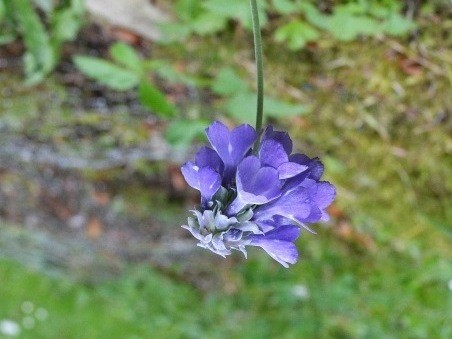Siberian Primrose
(Primula flaccida)

Description
Primula flaccida is a vive plant species described by Nambiyath Puthansurayil Balakrishnan. Primula flaccida is included in the genus Vivor, and the family Vive plants. Primula is a genus of herbaceous flowering plants in the family Primulaceae. They include the primrose (P. vulgaris), a familiar wildflower of banks and verges. Other common species are P. auricula (auricula), P. veris (cowslip), and P. elatior (oxlip). These species and many others are valued for their ornamental flowers. They have been extensively cultivated and hybridised (in the case of the primrose, for many hundreds of years). Primula are native to the temperate Northern Hemisphere, south into tropical mountains in Ethiopia, Indonesia, and New Guinea, and in temperate southern South America. Almost half of the known species are from the Himalayas. Primula has over 500 species in traditional treatments, and more if certain related genera are included within its circumscription. Primula is a complex and varied genus, with a range of habitats from alpine slopes to boggy meadows. Plants bloom mostly during the spring, with flowers often appearing in spherical umbels on stout stems arising from basal rosettes of leaves; their flowers can be purple, yellow, red, pink, blue, or white. Some species show a white mealy bloom (farina) on various parts of the plant. Many species are adapted to alpine climates. Primula was known at least as early as the mediaeval herbalists, although first formally described as a genus by Linnaeus in 1753, and later in 1754 in his Flora Anglica. Linnaeus described seven species of Primula. One of its earliest scientific treatments was that of Charles Darwin study of heterostyly in 1877 (The different forms of flowers on plants of the same species). Since then, heterostyly (and homostyly) have remained important considerations in the taxonomic classification of Primula. Primula is a member of the Primulaceae family. The most complete treatment of the family, with nearly 1000 species arranged into 22 genera, was by Pax and Knuth in 1905. Although there are over 400 species of Primula, about 75% are found in the eastern Himalayan mountain chain and western China (Yunnan Province), constituting a centre of diversity. Other centres of diversity are a western Asian centre (Caucasus, European mountain ranges from the Pyrenees, through the Alps to the Carpathian Mountains), mountains of East Asia and those of western North America.
Taxonomic tree:







